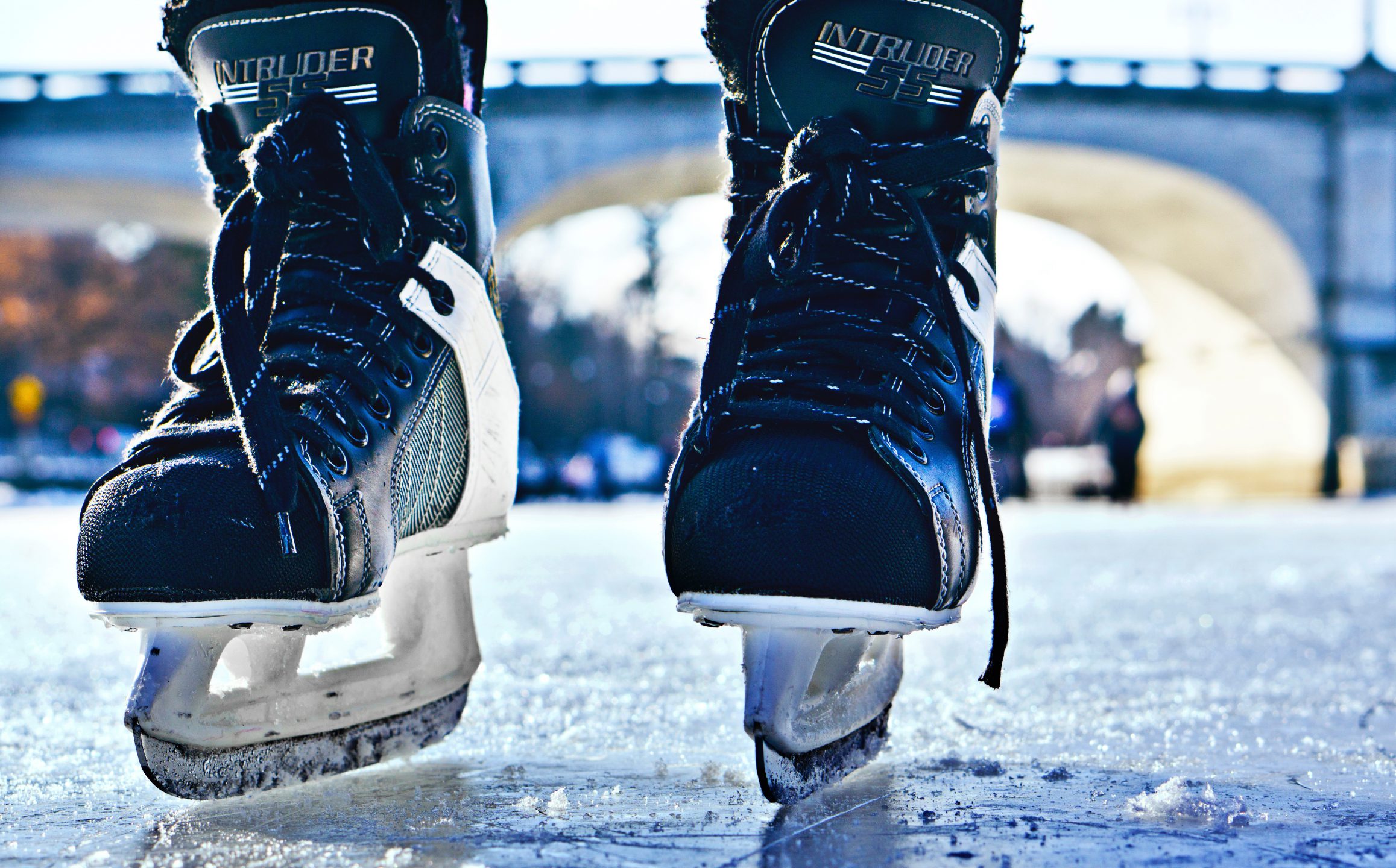Ice hockey is the official national winter sport of Canada. According to Hockey Canada, there are more than 570,000 Canadians registered with the organization to play hockey throughout Canada.
Hockey is considered to be one of the fastest and roughest sports. Players are moving at fast speeds and the game often involves physical contact between players. Hockey players are especially susceptible to injuries which may include lacerations, concussions, contusions, ligament tears, broken bones, hyperextensions, and muscle strains.
Hockey Calgary, a subsection of Hockey Alberta and Hockey Canada, is the governing body for ice hockey in the city of Calgary. Hockey Calgary has now introduced an online tracking system to collect data on players’ injuries in an effort to improve player safety.
WHAT DO WE KNOW ABOUT THE INJURY TRACKING SYSTEM?
According to Hockey Calgary, coaches and other team leaders who enter game sheet information into an online database will be asked if the player is injured when reporting a player absent from a game. If the player is injured, a series of follow-up questions will be asked including when and how the injury occurred, what kind of injury it was, and its severity. The database also keeps track of when the player returns to regular play and how long the player was injured.
The University of Calgary’s Sport Injury Prevention Research Centre will analyze the data at the end of the hockey season and provide feedback to Hockey Calgary regarding better ways to prevent injuries.
This online data will provide evidence to create changes such as new rules or better equipment to keep hockey players safer. Leaders in the sport of hockey can toughen up rules or mandate more protective gear if the data shows for example that most concussions occur among bantam-aged players or collarbone injuries occur most often in midget-aged players.
This new tracking system comes just one year after the new concussion protocol was put in place by Hockey Calgary. All coaches and volunteers have been provided with clipboards by Hockey Calgary with concussion recognition tools. The front of the clipboards include a graphic providing a step-by-step protocol on how to identify a concussion. This includes signs and symptoms, when to call an ambulance, and specific questions to ask to assess memory recall.
WHAT IS A CONCUSSION?
A concussion is a traumatic brain injury caused when an impact to the head, face or neck or a blow to the body causes a sudden jolt of the head and results in the brain moving inside the skull.
A concussion most often occurs without loss of consciousness.
There are multiple symptoms and signs related to concussions that may develop immediately or become worse later that day or the next morning. The following are just a few symptoms and signs to look for:
- Headache;
- Dizziness;
- Feeling dazed or seeing stars;
- Ringing in ears;
- Nausea and vomiting;
- Poor balance or co-ordination;
- Slow or slurred speech;
- Delayed responses to questions;
- Vacant stare;
- Confusion, disorientation, and poor concentration.
If you suspect that a player has suffered a concussion, the player should stop playing the sport right away and should be seen by a doctor as soon as possible. If a player has been knocked unconscious, an ambulance should be called and the player should be taken to the hospital immediately.
Following treatment for a concussion, the player should not be left alone and should be checked throughout the night. If there are any concerns regarding the injured player’s breathing or sleep during the night, the player should be woken up. If any symptoms appear to be getting worse, the player should return to a doctor immediately. No injured player should return to the sport until they have been cleared by a doctor to do so.
INJURY PREVENTION TIPS FOR HOCKEY
The sport of hockey is rewarding and teaches dedication and teamwork and encourages physical activity. In an effort to avoid injuries and ensure all players are having fun, all participants, including coaches and volunteers, have to make safety and fair play a top priority. Following these simple steps can help decrease the risk of injury:
- Keep your head up when handling the puck.
- Be aware and stay alert.
- Get your arms up when going into the boards.
- Always wear proper equipment, including a properly fitted helmet that fits snugly and always fasten the strap.
- Always wear a custom fitted mouthguard to protect teeth and prevent concussions.
- Never hit from behind.
- Never hit to the head.
- Control your stick responsibly.
- Communicate with your teammates.
- Respect the safety of everyone on the ice.
If you have suffered from personal injuries as a result of a sports accident or other incident, or have any questions regarding a potential claim, please contact the knowledgeable personal injury lawyers at Cuming & Gillespie LLP online or by calling our office at 403-571-0555. Our experience handling personal injury claims can give you an advantage in your fight for compensation. We offer free consultations to new clients.

